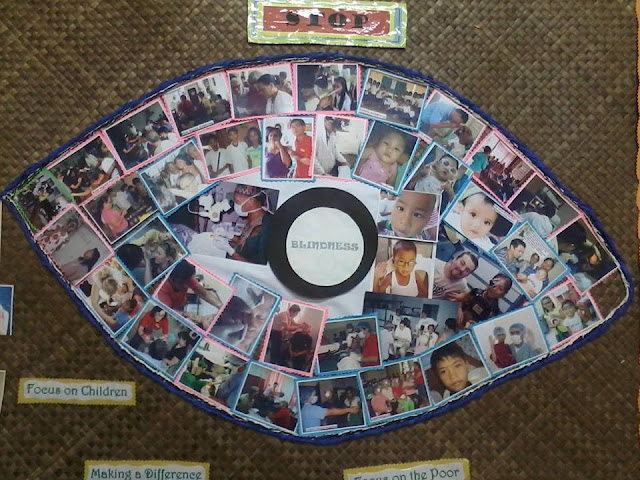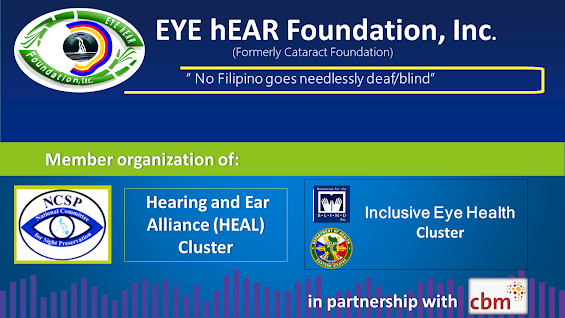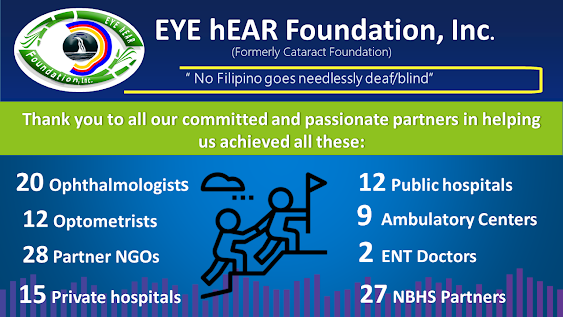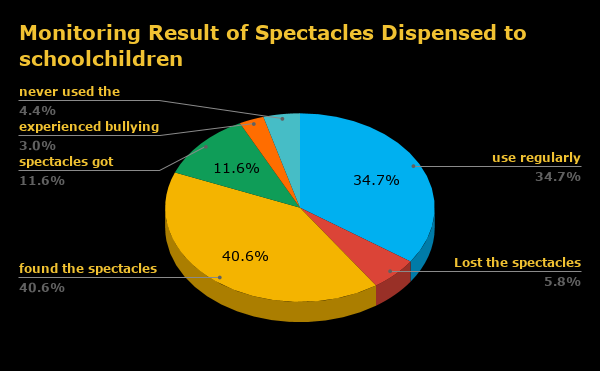What support do you wish for from sighted people in Corona times?
The German Society of People who are Blind or Partially Sighted conducted a survey among visually impaired and blind people on this topic in May 2020. Here are the most frequently mentioned wishes sorted by topic (https://www.dbsv.org/corona-tipps.html) .
Offer help
How much help a visually impaired person needs depends, among other things, on his experience, his knowledge and his daily form. But offering help is never wrong and is also possible from a safe distance. A sentence like "The lady with the white cane - can I help you?" is perfectly fine.
Speeches
In times of keeping their distance, visually impaired and blind people are even more dependent than usual on people talking to them. "I'll let you know when it's your turn." "One meter to your right is a disinfectant dispenser. "If you take a step back, stand behind the mark. Most of the respondents can't get enough of friendly advice like that.
Keep your distance.
Whether on the sidewalk or in the tram - many people with impaired vision do not notice early enough when there is a threat of too little distance. Therefore they are dependent on sighted people observing physical distancing. And if this is not possible: Just say something!
Bus Driving
Since the front area in buses has been closed off, visually impaired and blind people can no longer get into the driver's seat as usual, ask him on which line he is driving and then sit in the front seats for severely disabled people. It is therefore helpful if someone offers to announce the bus lines arriving at the bus stop and to serve as a "navigator" when searching for the bus door and seat.
Shopping
Many respondents have difficulty with the obligation to use a shopping cart because it makes it impossible to use their white cane. Anyone who scans pasta packages to get the right kind has to be prepared for nasty comments. Distance markings that cannot be felt with the stick also cause problems. In many situations, more understanding from staff or sighted customers would be very helpful.
New rules
Since March, signs have been posted in many places to limit the number of customers, separate entrances and exits, about the hygiene concept, etc. Often, blind and partially sighted people can't read the signs and therefore need help. Notes could, for example, be offered in accessible large fonts or as e-mails, published on the Internet or read aloud by staff and other customers.
Contrasts
Many areas in supermarkets, pharmacies, bakeries etc. have been "barricaded" with transparent barriers in recent weeks. Visually impaired people bump their heads on them and spend a lot of time looking for the "pass-through". What's wrong with marking the edges of the panes with high-contrast adhesive tape? The contrast between the marking stripes and the floor could also often be optimized.
Masks
All wearers of mouth and nose covers are asked to speak particularly clearly and distinctly, because many visually impaired people are not able to perceive gestures accompanying speech. Some of the interviewees would like that sighted people understand why they are sometimes unable to wear a mask due to a certain visual impairment - otherwise they would not be able to recognise dangerous obstacles such as steps leading downhill.
Queues
The recent "corona queues" with distance between the waiting people are a mystery for many visually impaired and blind people. They would be happy to be informed if there is a queue, whether it leads to the post office or to the baker, where to find the end of the queue and when to advance.
Understanding
Many respondents state that they hardly dare leave the house anymore, out of fear of doing something wrong. They would like fewer comments such as "Why don't you stand there" and "Why don't you take a caregiver with you". Instead, they wish for more understanding of their situation, more support and more communication.
(The order of the tips does not reflect the frequency of the mentions)
Translated with www.DeepL.com/Translator (free version)
Source: CBM - Christoffel Blindenmission - Christian Blind Mission



























